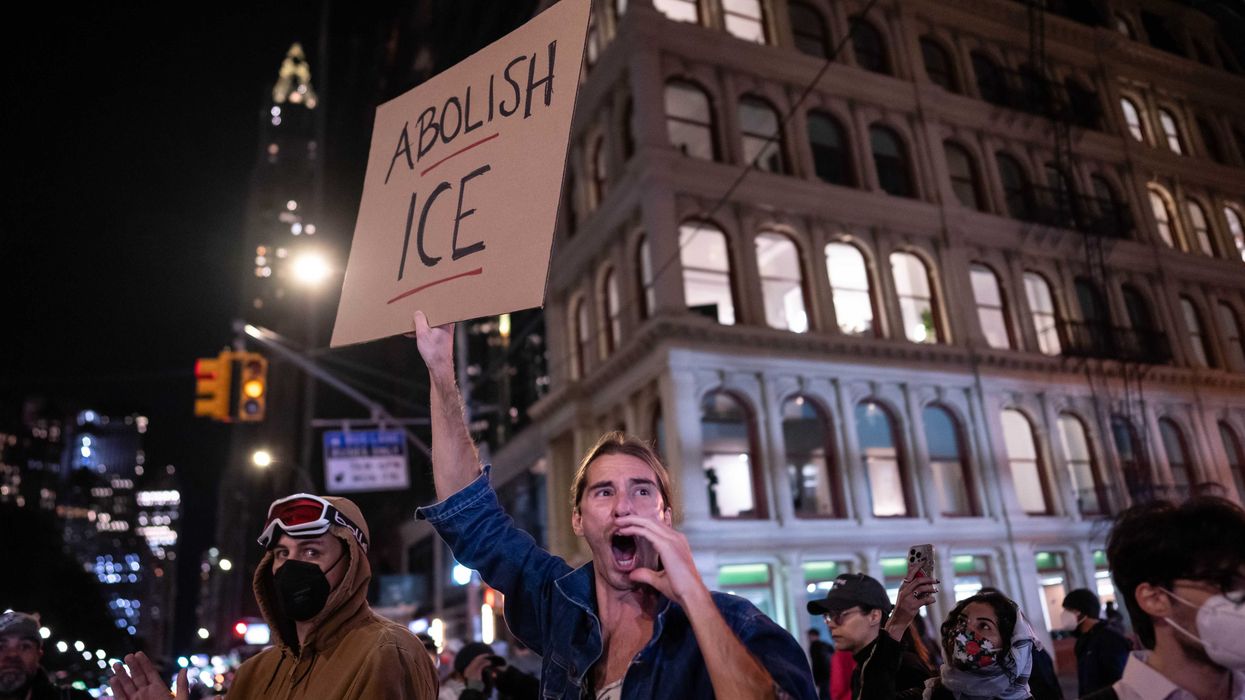Courage Boys features stories to inspire and leave you feeling hopeful. Making a difference is not only possible, but something we’re all capable of accomplishing. These are the stories of ordinary people making the decision to be extraordinary with bravery, resilience and principle. This is Courage Boys.
The Pacifist
Alvin York, a reformed alcoholic and troublemaker was trying to read the Bible by candlelight in his family's dirt floor log cabin when his pastor came in to visit. His pastor, also the town postmaster, carried a suspicious letter addressed to Alvin.
Unaccustomed to receiving mail, Alvin hurried to open it. Together, they read.
Besides swearing off swearing, Alvin also didn't drink, dance, attend movies, or swim. Alvin was the perfect convert, you see.
He was also the sole financial support for his widowed mother and nine siblings. The year was 1917, and Selective Service Act had just been signed into law. The letter said that Alvin, 29 years old, must apply for the draft. It was signed, Woodrow Wilson.
“You can tell them no. We don't do war either, you know,” the postmaster, now acting as pastor said
Alvin answered: “Yes, sir. Can I borrow your pencil?”
He scribbled a sentence on his card, sealed it, and sent it back with a trusted friend.
Alvin's conscientious objection, all five words, didn't work. He was drafted, and reluctantly Alvin went to war.
And in a few months, he was in France. One day Alvin, a rank-and-file solider was lost in all of Company G. They found themselves behind German lines. And so far behind German lines, in fact, that they were behind Germans themselves. They were even behind some German machine gunners who were overlooking the valley from a great vantage point. The Germans were mowing down the Allied troops who were stuck in the valley like grass.
That's when the small company of Americans began to fire on the German machine gunners from behind. The Germans stopped firing towards the front and turned on little Company G, killing most of them quickly, leaving York, the conscientious objector, in charge of seven survivors.
“Guard the prisoners,” York yelled to the men. “I'm going up.”
He ran to a new position alone. Over 30 gunners sprayed the forest to try to hit Captain York, who was now shooting an end field model HEP 1917 rifle, one round at a time.
Between German flurries, he took one German out, then two, then three.
“Come down, or I'll keep shooting,” he called to the Germans.
He picked off the fourth, a fifth, a sixth.
“Stop shooting. I'll let you live. Just drop your weapon.”
It was quiet. And he had to reload.
Seeing this, six more German soldiers jumped out of a foxhole and charged with bayonets. He grabbed his Colt .45 automatic pistol from his belt. Bang, bang, bang, bang, bang, bang. All six dead.
“I said, stop,” he yelled from his cover.
Shocked, the German regiment dropped their weapons. With their hands raised, they all surrendered to York and his men. The allied troops in the valley advanced safely. News of his heroism reached home before he did.
Upon his hero's return, Captain York lectured a little and met some important people. But he quickly returned to Tennessee to start a school for backwards kids. You see, York was a pacifist, as he explained in the five honest words that he wrote in his draft application: I don't want to fight.
And so, courage, boys. Sometimes you'll have to fight. And when you do, win.

 Harold M. Lambert / Contributor | Getty Images
Harold M. Lambert / Contributor | Getty Images
 Adam Gray / Stringer | Getty Images
Adam Gray / Stringer | Getty Images Anadolu / Contributor | Getty Images
Anadolu / Contributor | Getty Images Brandon Bell / Staff | Getty Images
Brandon Bell / Staff | Getty Images